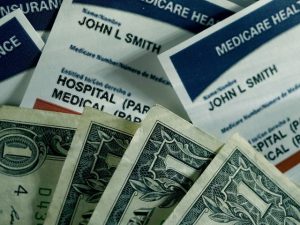Skilled Nursing vs Long-Term Care
The long-term care facilities have emerged not only as a permanent home for the elderly during their retirement or post-retirement years but as respite and recuperative facilities even for the younger patients.
It is for this type of services they offer which also categorize them as skilled nursing and rehabilitation facilities becoming a step-down facility from an acute hospital stay.
To further understand the difference between long-term care facilities and skilled nursing/rehabilitation facilities, we will focus on the services they offer.
A long-term care facility provides custodial care requiring supervised, minimal or total dependence in the performance of the activities of daily living (ADLs) such has bed mobility, transfers in and out of bed, walking in the room, walking in the corridor, locomotion on unit peripheral to the patient’s room, locomotion off unit which involves areas farther from the patient’s room such as dining areas, rehabilitation rooms, activity rooms and other administrative offices, toileting, eating, personal hygiene and bathing.
Custodial care does not require the assistance of a licensed staff. They are assisted by certified nursing assistants (CNAs) and licensed staff assist them during medication administration ordered by the patient’s attending physician in the facility. Other ancillary services include room and board, activity planning, housekeeping, laundry, and maintenance of fixtures/equipment.
Reimbursement for these services is covered under the State of California’s Medi-Cal program or privately paid by the patient if he/she does not qualify under the Medi-Cal program.










